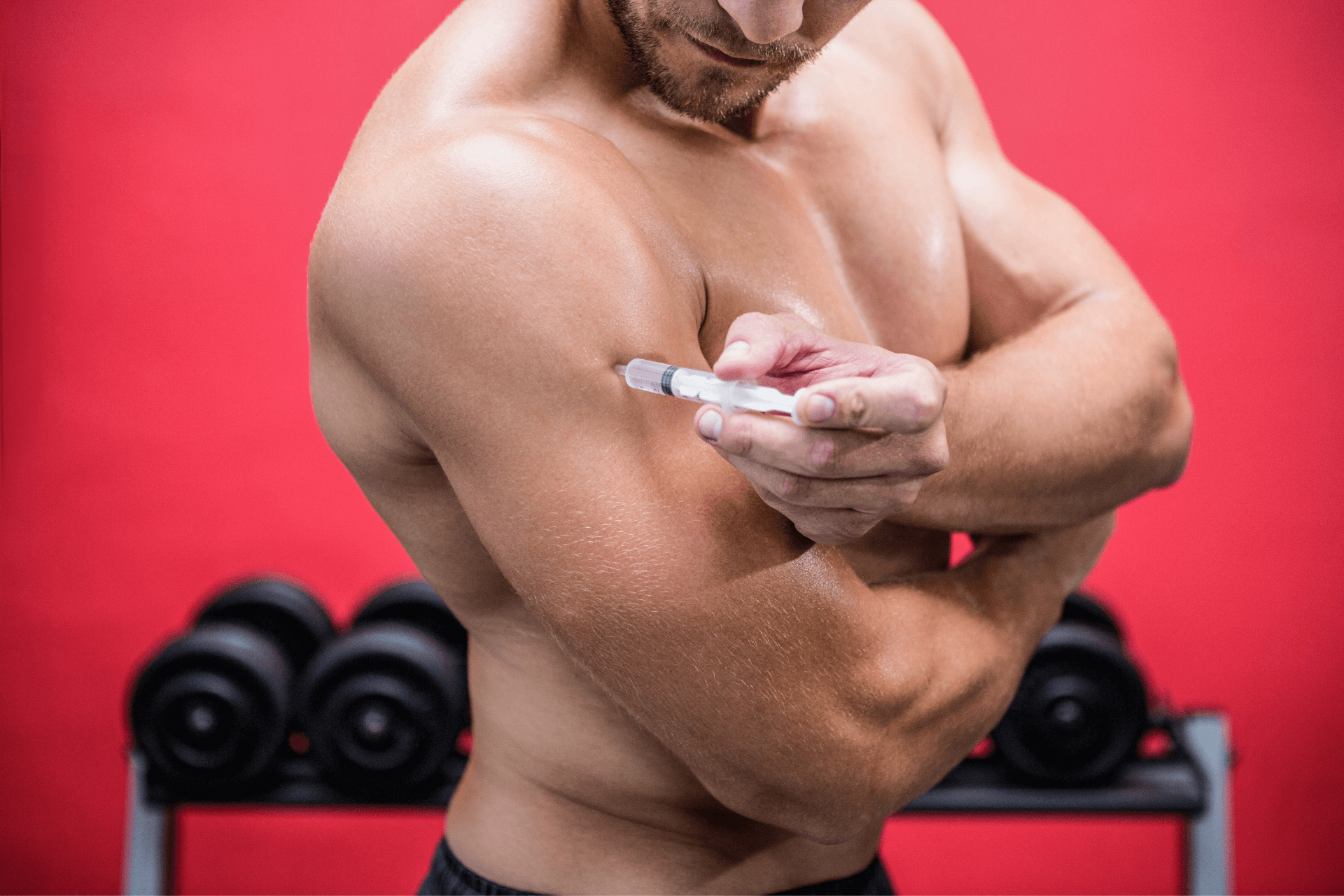Understanding the Differences in Creatine Utilization Between Men and Women
Understanding how creatine utilization differs between men and women is crucial for maximizing the benefits of this popular supplement for each gender. Men typically have more muscle mass, which may influence the body’s capacity to store and utilize creatine, thereby enhancing muscle strength and growth. In contrast, women might metabolize creatine differently, influenced by hormonal factors like estrogen, which affects energy production and fat metabolism. Additionally, women’s generally higher body fat percentage might impact creatine absorption and utilization. These distinctions underscore the importance of gender-specific supplementation strategies.
Impact of Creatine Supplementation on Muscle Mass and Physical Fitness in Men vs. Women
Creatine supplementation shows notable differences in its impact on muscle mass and physical fitness between genders. Men often see significant muscle and strength gains due to higher testosterone levels that work synergistically with creatine. Conversely, women tend to experience a more moderate increase in muscle mass and strength. Despite these differences, both genders report improvements in fatigue resistance, recovery times, and endurance capacity, highlighting creatine’s broad benefits.
MMUSA’s Innovations in Creatine Supplements for Women and Men
MMUSA has introduced a new form of creatine specifically designed for women, addressing common concerns such as water retention. This new product is stable, highly bioavailable, and formulated to meet the unique physiological needs of women, ensuring optimal performance without the undesired side effects of traditional creatine products.
For men, MMUSA has launched several formulas that are safe, convenient, and easy to administer. These products eliminate the need for the traditional “loading” or maintenance phases associated with standard creatine cycles, making them more user-friendly and efficient.
The Role of Creatine in Cardiovascular Health and Thermoregulation for Both Genders
Beyond muscle growth, creatine plays a significant role in cardiovascular health and thermoregulation, affecting men and women differently. In men, creatine supplementation can enhance cardioprotective benefits and improve cardiovascular efficiency. Women, however, may benefit from the thermoregulatory effects of creatine, which can increase resting metabolic rate and aid performance in various environmental conditions. These gender-specific effects necessitate tailored supplementation strategies.
Bioavailability and Nitric Oxide Production: How Creatine Affects Men’s and Women’s Performance Differently
The bioavailability of creatine, along with its impact on nitric oxide production, affects performance differently across genders. Men may experience enhanced muscle phosphocreatine content and improved energy production during high-intensity activities. Women, while benefiting from increased physical output and recovery, might see variations in how their bodies utilize creatine for energy production and nitric oxide synthesis due to hormonal differences.
Sports Nutrition: Tailoring Creatine Use for Optimal Results Based on Gender Differences
In sports nutrition, recognizing how creatine affects men and women differently is essential for optimizing its use. For men, creatine’s synergy with testosterone may significantly enhance muscle growth and performance. For women, the strategic use of creatine can lead to substantial performance improvements even with smaller absolute gains and less water retention. Personalized dosing, aligned with training and hydration strategies, can optimize the ergogenic benefits of creatine while minimizing any undesirable effects for both genders.










